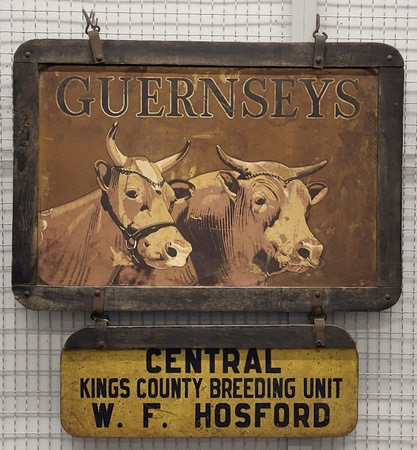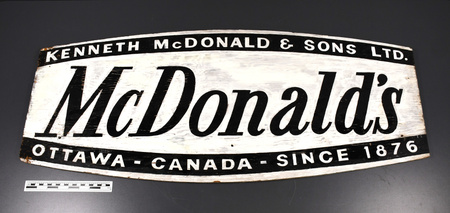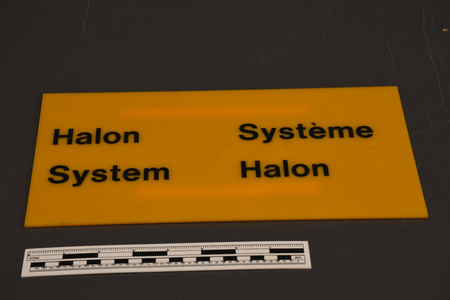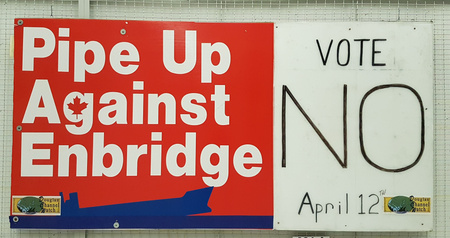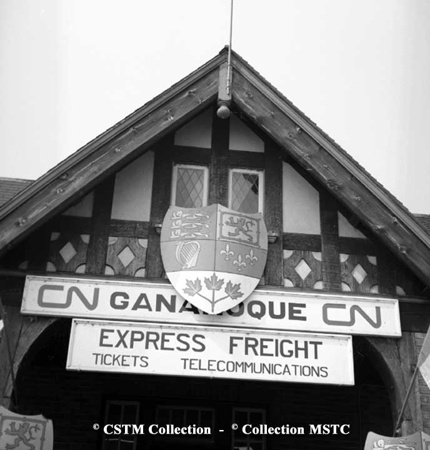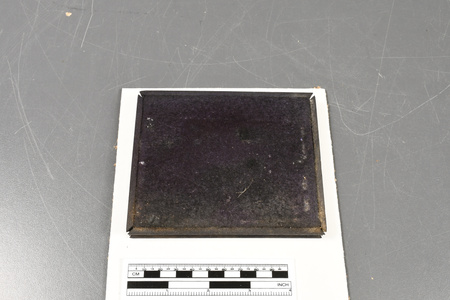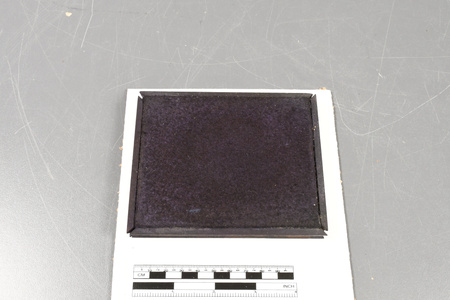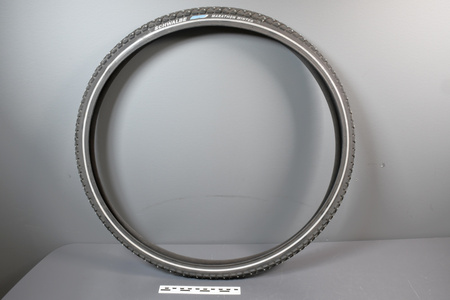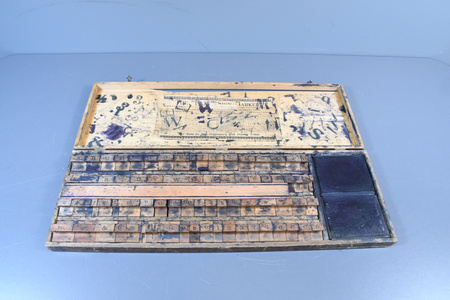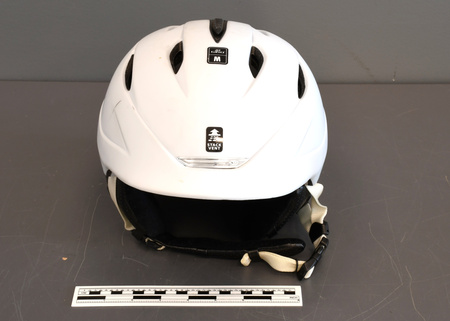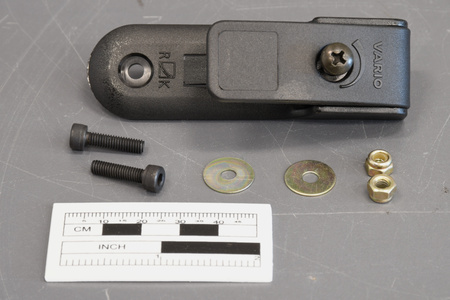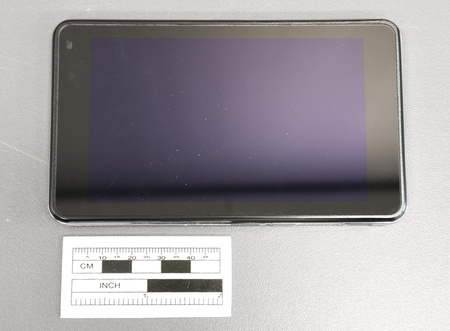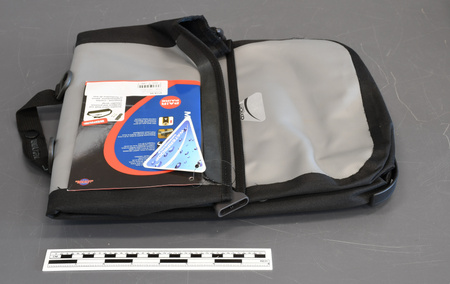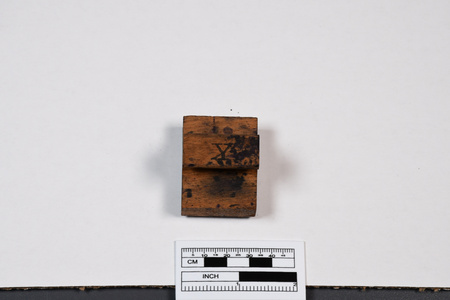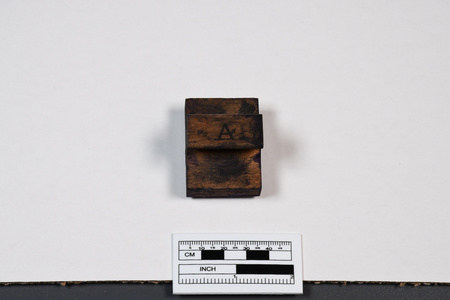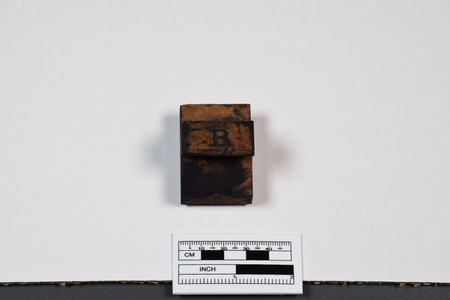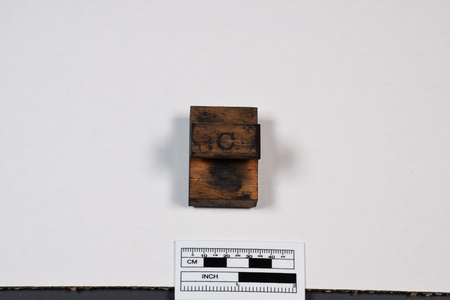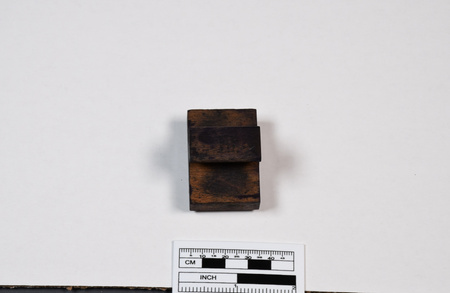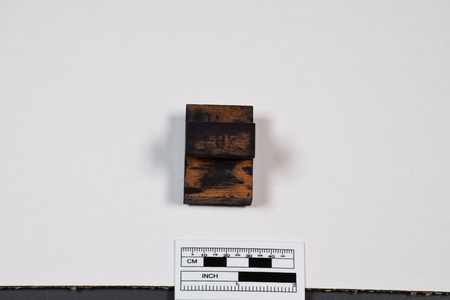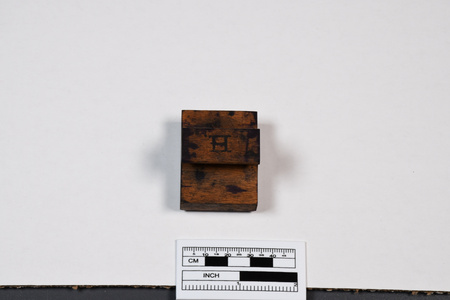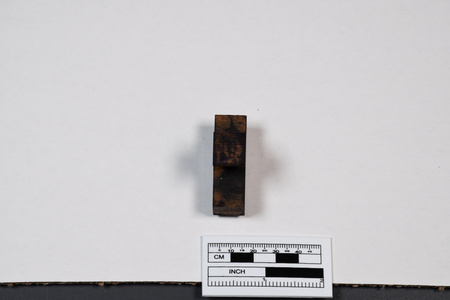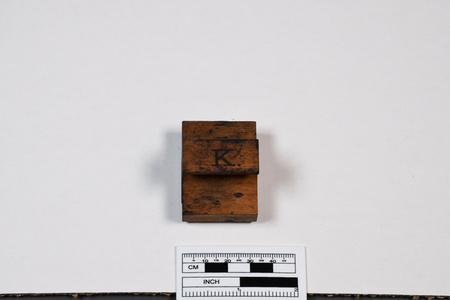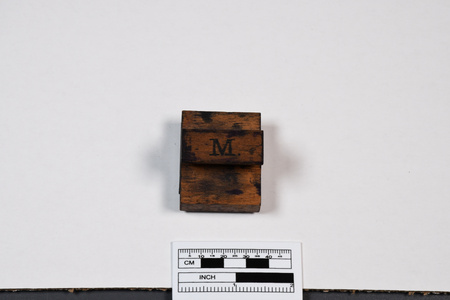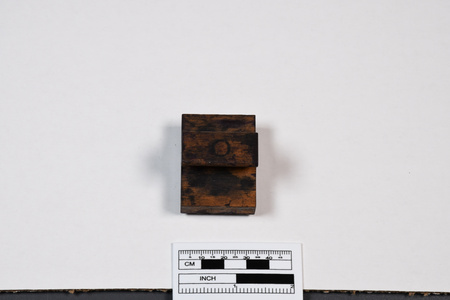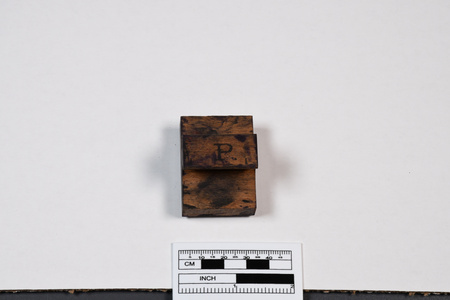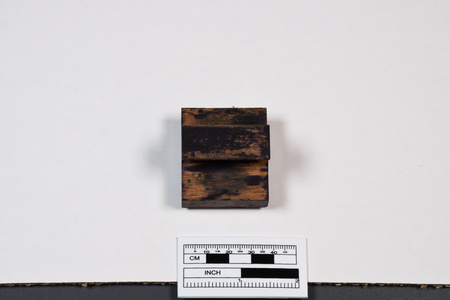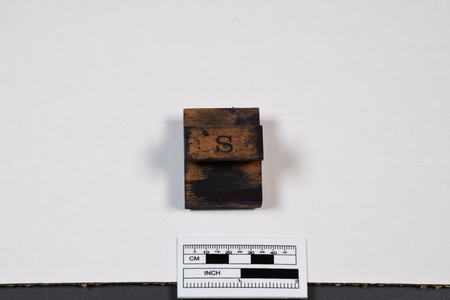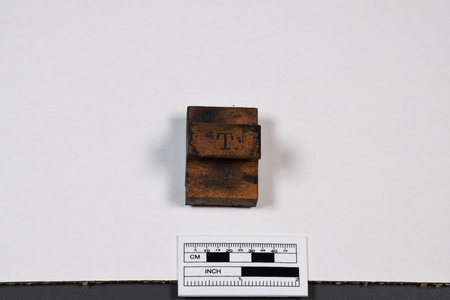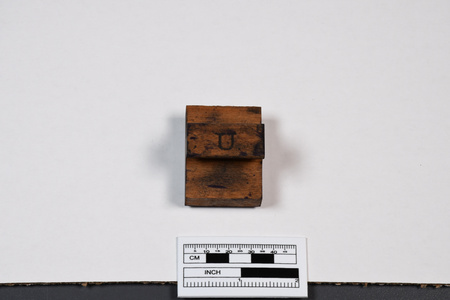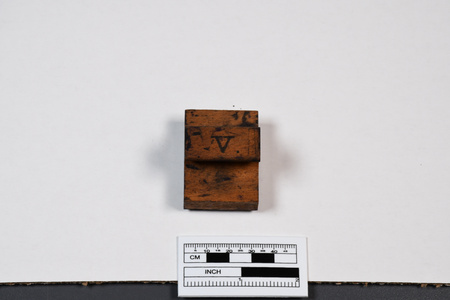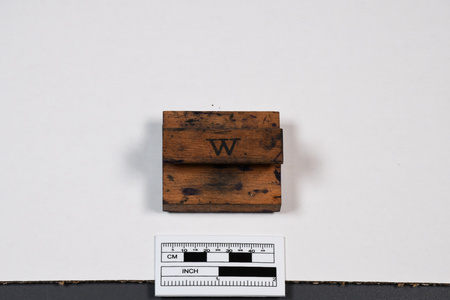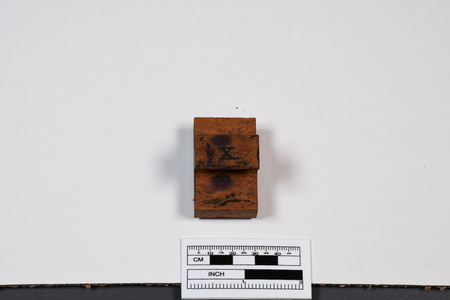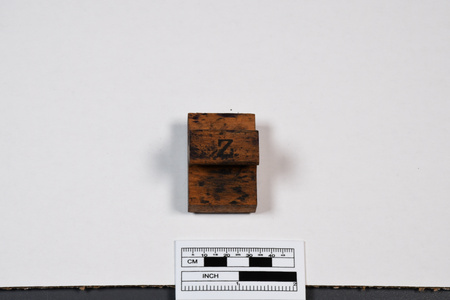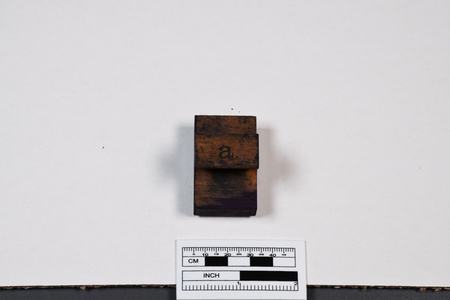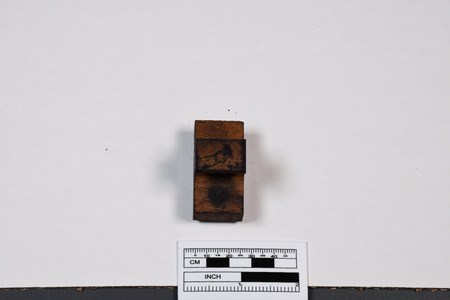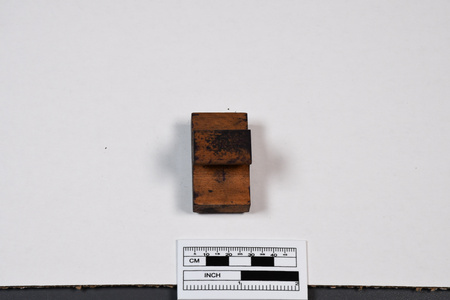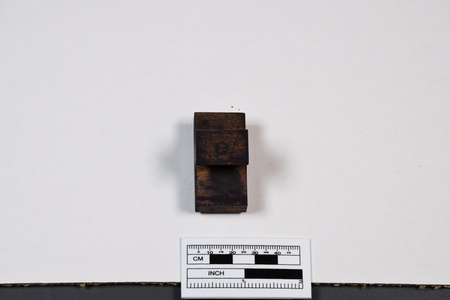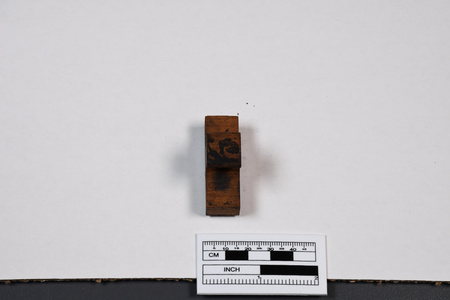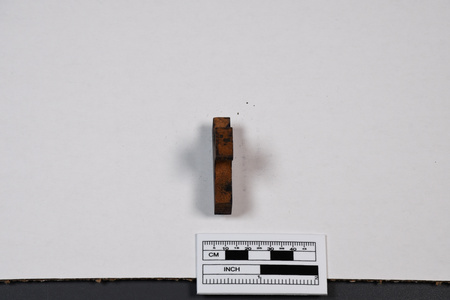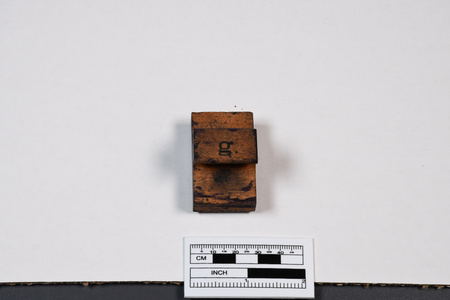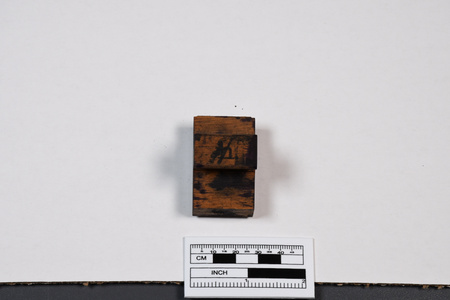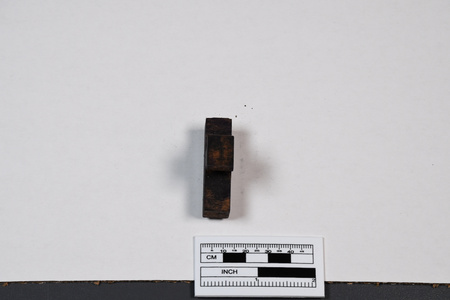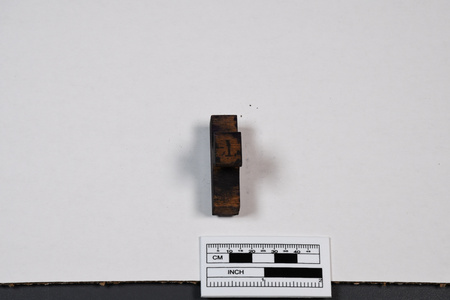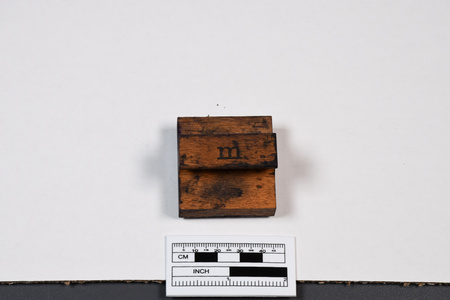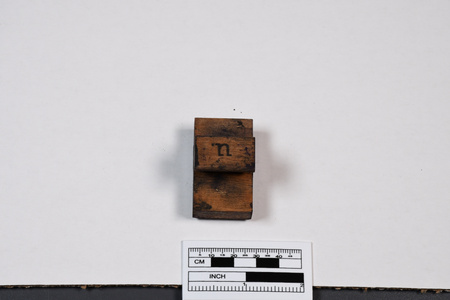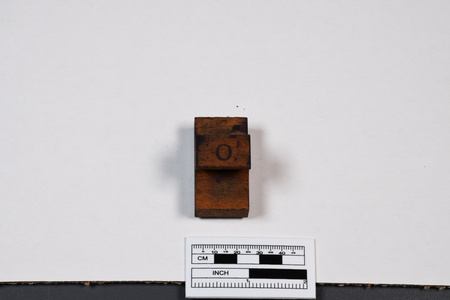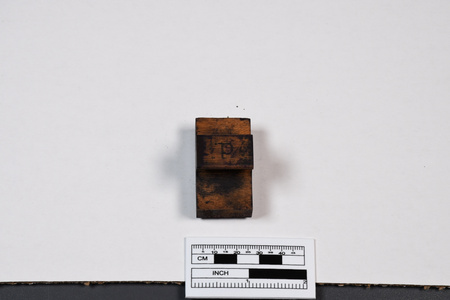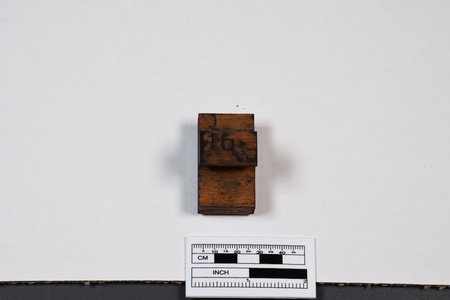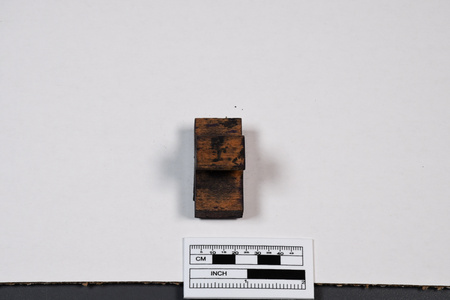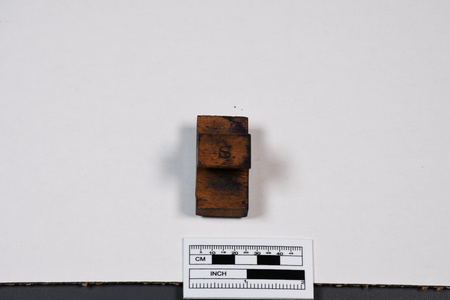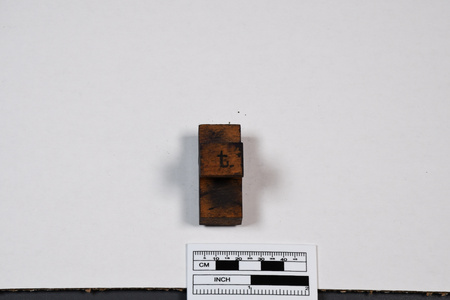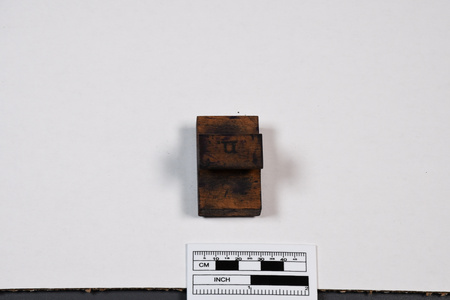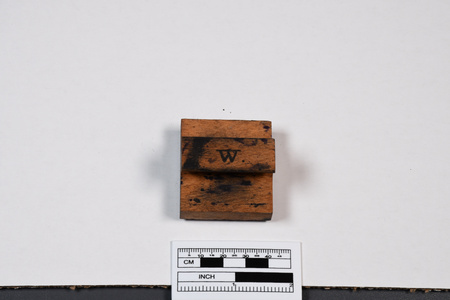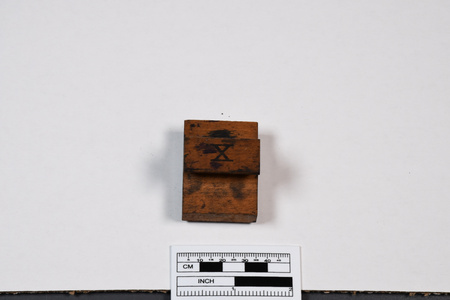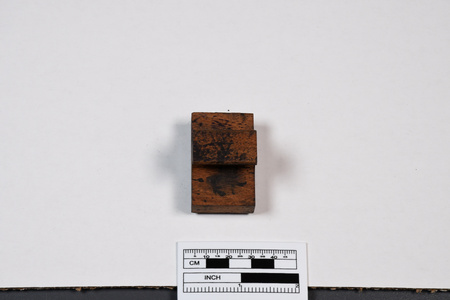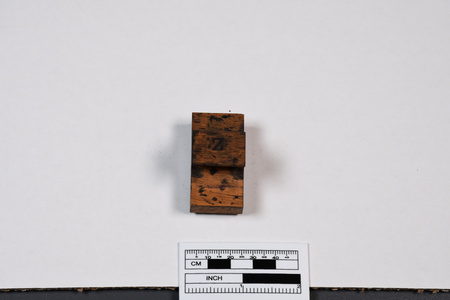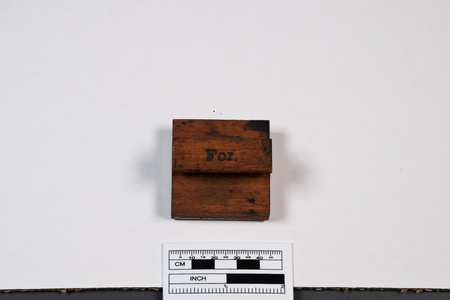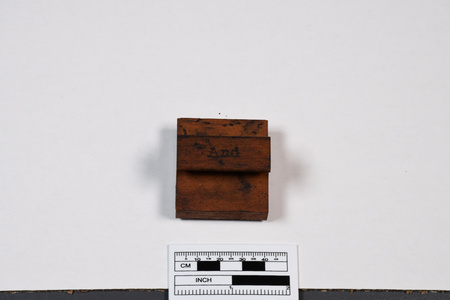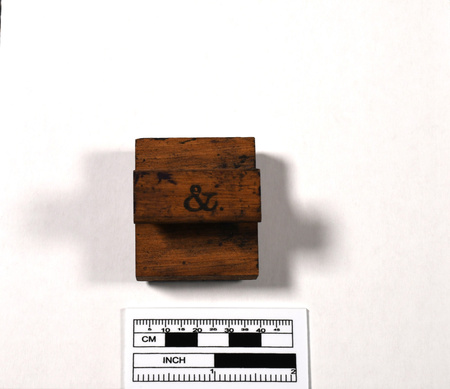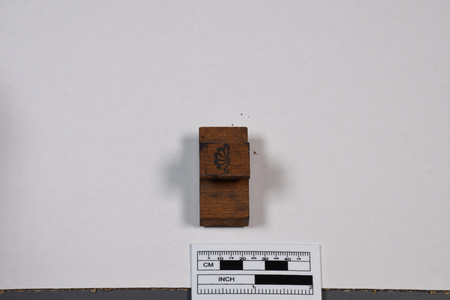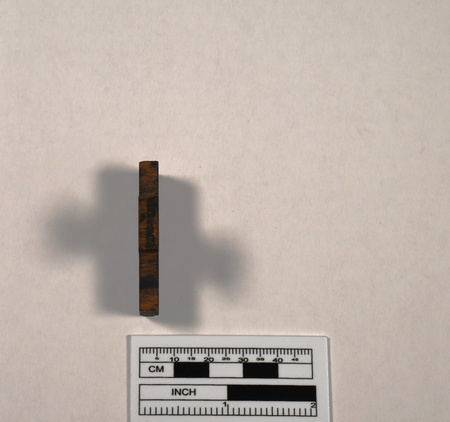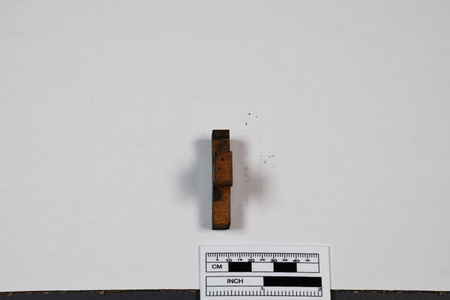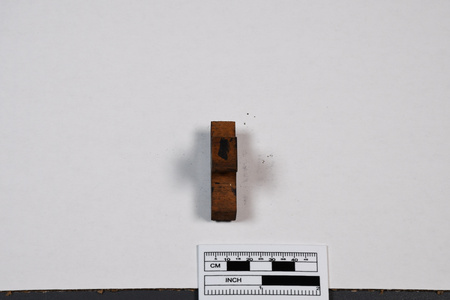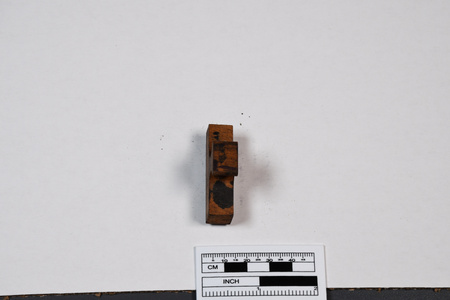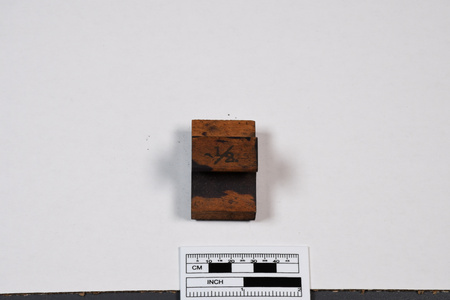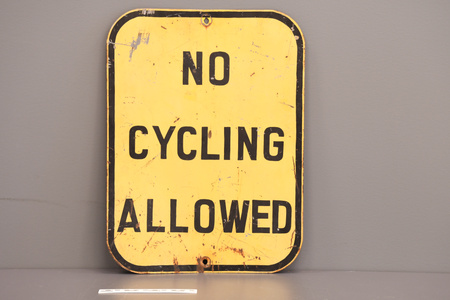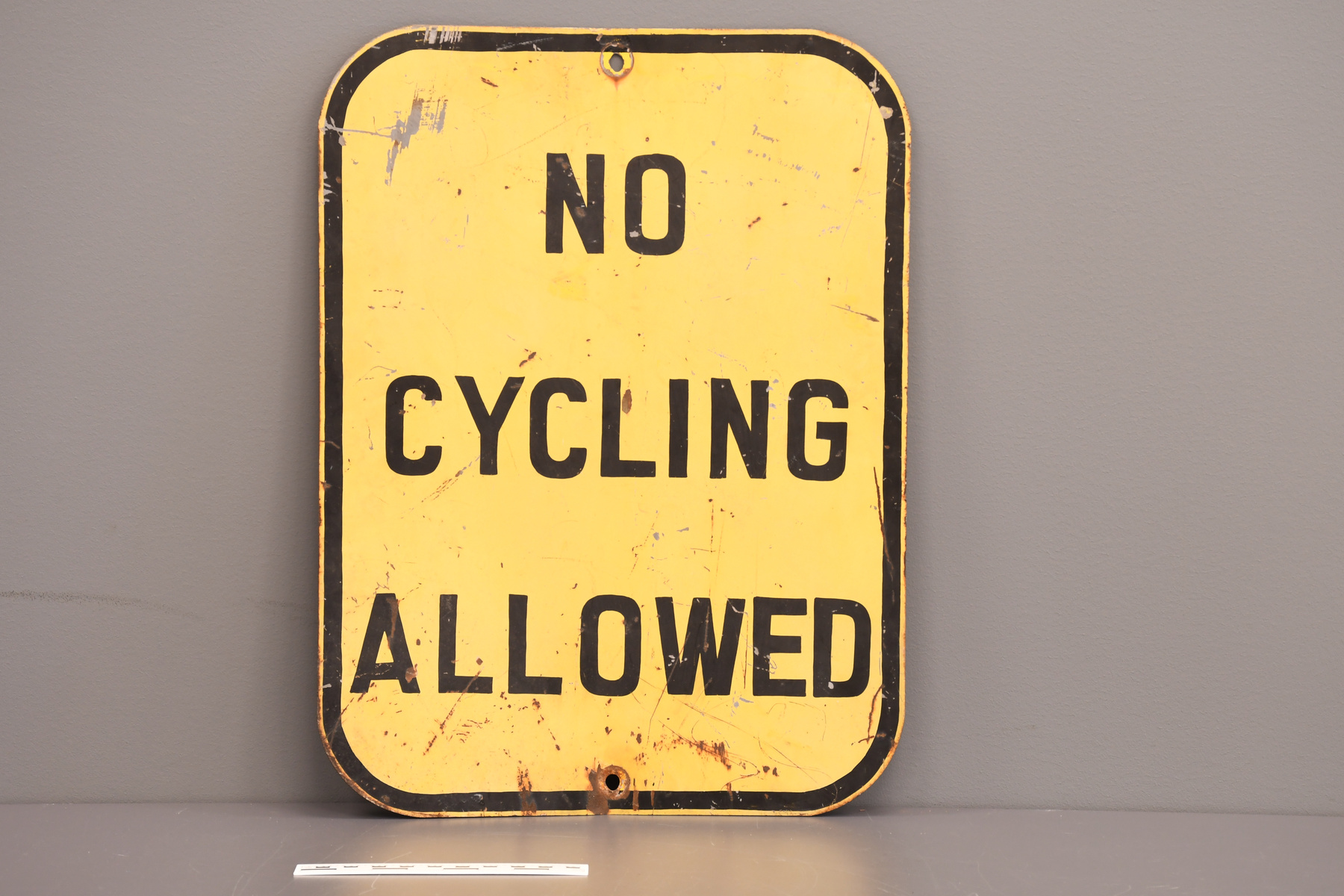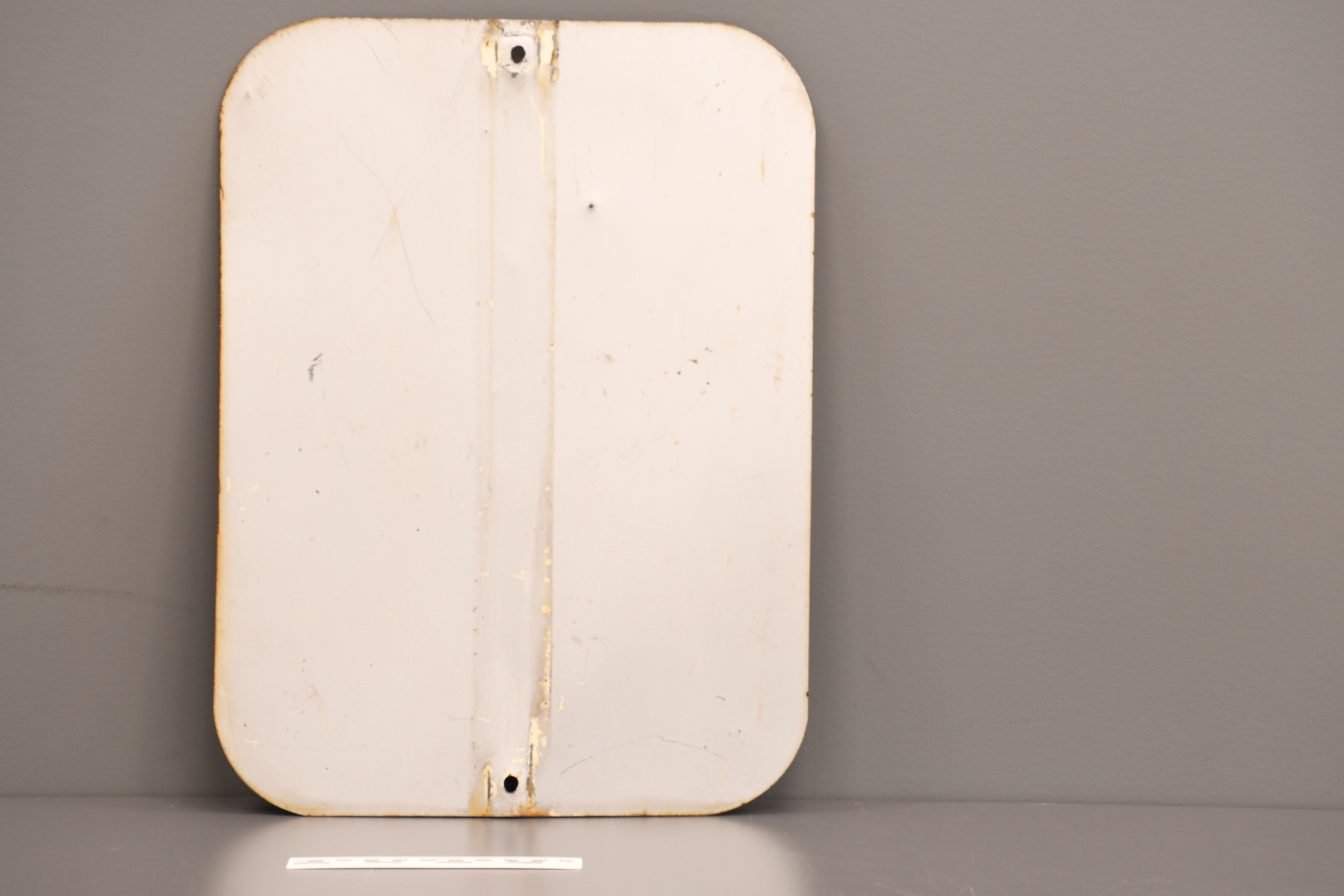Sign, traffic
Use this image
Can I reuse this image without permission? Yes
Object images on the Ingenium Collection’s portal have the following Creative Commons license:
Copyright Ingenium / CC BY-NC-ND (Attribution-NonCommercial 4.0 International (CC BY-NC 4.0)
ATTRIBUTE THIS IMAGE
Ingenium,
2017.0114.001
Permalink:
Ingenium is releasing this image under the Creative Commons licensing framework, and encourages downloading and reuse for non-commercial purposes. Please acknowledge Ingenium and cite the artifact number.
DOWNLOAD IMAGEPURCHASE THIS IMAGE
This image is free for non-commercial use.
For commercial use, please consult our Reproduction Fees and contact us to purchase the image.
- OBJECT TYPE
- regulatory/cycling
- DATE
- 1950–1959
- ARTIFACT NUMBER
- 2017.0114.001
- MANUFACTURER
- Unknown
- MODEL
- Unknown
- LOCATION
- Unknown
More Information
General Information
- Serial #
- N/A
- Part Number
- 1
- Total Parts
- 1
- AKA
- N/A
- Patents
- N/A
- General Description
- An object made of metal material that is possibly steel or iron/Un objet fait avec du matériel en métal qui est possiblement de l'acier ou du fer.
Dimensions
Note: These reflect the general size for storage and are not necessarily representative of the object's true dimensions.
- Length
- 61.0 cm
- Width
- 45.7 cm
- Height
- N/A
- Thickness
- N/A
- Weight
- N/A
- Diameter
- N/A
- Volume
- N/A
Lexicon
- Group
- Non-motorized Ground Transportation
- Category
- Cycles & cycling
- Sub-Category
- N/A
Manufacturer
- AKA
- Unknown
- Country
- Unknown
- State/Province
- Unknown
- City
- Unknown
Context
- Country
- Canada
- State/Province
- Ontario
- Period
- Unknown
- Canada
-
This sign represents a shift in road use to automotive dominance that led to the creation of dedicated automobile infrastructure that other road users, such as cyclists, were restricted from using. By the end of the First World War, there were 350, 000 car registrations and by 1950, around the time this sign was in use, there were 2.6 million motor vehicles in Canada. Technologies did function to protect pedestrians and cyclists from accidents with motorists, but also limited freedom of movement and defined the roadway as the realm of the car. Cet enseigne représente la transition à la domination de l'automobile sur la route qui a par cause inspirée l'invention des panneaux d'avertissement. L'infrastructure est devenue de plus en plus centraliser sur l'automobile et les autres forment de transport ont payé le prix et sont devenues limiter a combien pouvais y accéder d'infrastructure. À la fin de la Première Guerre Mondiale, autour de la date d'utilisation de cet enseigne, il y avait 350, 000 automobiles enregistrés au Canada et en 1950 le nombre à surpasser 2.6 millions. Des technologies ont bien fonctionné pour protéger les cyclistes et les piétons, mais ils ont aussi limité la liberté et les mouvements de ces groupes sur la route. - Function
-
This “NO CYCLING ALLOWED” sign had a regulatory function, to inform cyclists that they are restricted from riding in a certain area. Considering its large size and in light of contemporary restrictions, that it was probably used to restrict cyclists from using a high-speed traffic area, such as a freeway or expressway. Cet enseigne indique que les cyclistes n'ont pas le droit d'utiliser la route dans un endroit précis. En considérant la largeur de l'enseigne ainsi que les restrictions contemporains, nous pouvons estimer qu'il était probablement utilisé pour s'assurer que les cyclistes accède pas à une autoroute ou un endroit où le trafic roulait a une vitesse augmentée. - Technical
-
Traffic signs are used to convey information to roads users, such as distance, speed limits, geographical points, hazards and rules of the road. The first signs to communicate hazards to road users emerged in Britain in the mid-1880s and were created by cyclists. Signs called “danger boards” were erected by national cycling unions and clubs to warn cyclists. There is evidence that such signage existed in Canada; the 1896 Municipal Amendment Act of Ontario granted the Canadian Wheelman’s Association of the Canada authorization to “erect and maintain,” at their own expense, “sign-posts at road intersections and wherever necessary to guide travelers” Les panneaux de signalisation sont utilisés pour faire passer d'informations aux utilisateurs de la route sur des sujets comme la distance, limite de vitesse, des points géographiques, ainsi que les règlements et danger de la route. Les premiers panneaux à communiquer des dangers sur la route ont été conçus par des cyclistes en Grande-Bretagne pendant les 1880s. Les enseignes étaient appelés des ‘'panneaux indicateurs de danger'' et ont été construit et maintenu par des clubs et syndicat nationale de cyclistes pour avertir les cyclistes. Il y a évidence que ces sortes de panneaux existaient ici au Canada; En 1986 la modification dune loi municipale en Ontario a donné permission à l'association canadienne Wheelman de monter et maintenir a leur frais les enseigne de route à des intersections ou peu importe ou nécessaire pour guider les voyageurs. - Area Notes
-
Unknown
Details
- Markings
- On the front of the sign/ sur le devant de l'enseigne: "NO CYCLING ALLOWED".
- Missing
- None apparent/l'objet a toutes ces pièces
- Finish
- The artifact is a hand painted metal sign that has visible brush strokes across the lettering. It is highly magnetic and probably made of a low-grade steel that contains high levels of iron and has a surface that isn’t very reflective. The sign has a yellow background for its black lettering. L'objet est construit en métal et aussi il est peinturé à la main grâce à l'évidence des marques a pinceau. L'artefact est incroyablement magnétique et il est donc possiblement fabriqué avec un acier avec une haute composition de Fer. L'objet a une surface qui n'est pas rétro fléchissant et a un arrière-plan jaune pour son lettrage noir.
- Decoration
- N/A
CITE THIS OBJECT
If you choose to share our information about this collection object, please cite:
Unknown Manufacturer, Sign, traffic, circa 1950–1959, Artifact no. 2017.0114, Ingenium – Canada’s Museums of Science and Innovation, http://collection.ingenium.ca/en/id/2017.0114.001/
FEEDBACK
Submit a question or comment about this artifact.
More Like This
